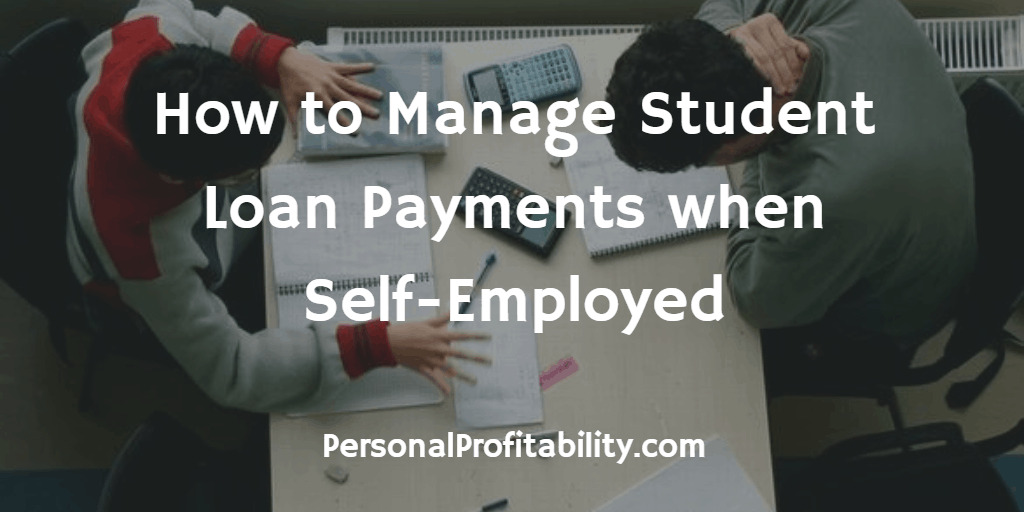One of my biggest trepidations with quitting my job, was the fact that I am still in debt. Giving up the consistency of a 9-5 with a regular paycheck seemed absolutely crazy. I gave up the regularity of 2 checks each month, for the wild world of self-employment.
In the past seven months of being self-employed full-time, I’ve noticed how things have changed. Some months I’ll go three weeks without a single payment, whereas other months I’ll feel like it’s Christmas because I’m getting paid so often. It’s hard to budget for debt repayment while on an irregular income, but it is possible.
Here is what I do to pay off debt, while being self-employed.
Bootstrap Your Business
The first thing I did when I went out on my own, was to employ a bootstrap mentality when it comes to business. Instead of going out and figuring out how to make my business “the best” or “perfect”, I worked with what I had to get by. I focused on the work. When you are just launching into full-time self-employment there is no reason to spend all your money on your business first. Focus on the work first and what pays you. You can invest in your business as time goes on and as profits increase. But start out by bootstrapping your business and focusing on the work, and continuing to prioritize your debt.
Use the Percentage Method
When I worked full-time, I knew my base income each month. As a self-employed person, it fluctuates from month to month. Yes, I have some recurring clients and income sources, but the exact amount is never the same. So, how can you pay off debt if you don’t know how much you will make? Commit to putting a percentage of each income source to debt. When I was working full-time, I committed to putting nearly 50% of my income towards debt.
But now that I’m self-employed and have to pay a hefty amount to taxes, as well as fund my own health insurance, I tend to put 30-40% of each income source to debt. This means that every time you get paid via check, PayPal, cash, etc. you shave off a percentage off the top and put it towards debt. This means whether you are making $2,000 per month or $10,000 per month, you are committed to putting a percentage of your income to debt.
A safe bet would be 10% of your income, but look at your budget and see if you can increase that. The more you put to debt now, means the more you will have later to invest in your business and other areas of your financial life.
Continue to Side Hustle
Being self-employed can sometimes feel like you are doing one big side hustle. But even though my income is freelance and irregular, I still schedule side hustles, that I devote purely to my student loan debt. For example, my main bread and butter is writing and editing. But I also happen to work as a brand ambassador and events assistant. I devote all my non bread and butter work towards my student loans. So, if you’re self-employed, find out how you can make a few extra bucks here and there and devote that to your debt. I am a firm believer in always side hustling, even if you are self-employed, to help enhance your income and reach your money goals.
While paying off debt while being self-employed is a bit more of a juggling act, it is possible. It’s crucial that you track your income and expenses, and that you have a buffer in savings to prevent you from going into further debt.
You want to know the best part of being self-employed, though? Your income is theoretically unlimited, so you can continue to grow your income and dump that debt, sooner rather later.



Starting a business isn’t for the faint of heart. Keep up the good work.
Thank you!